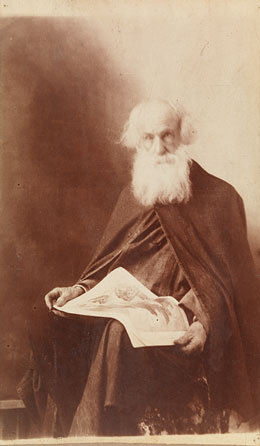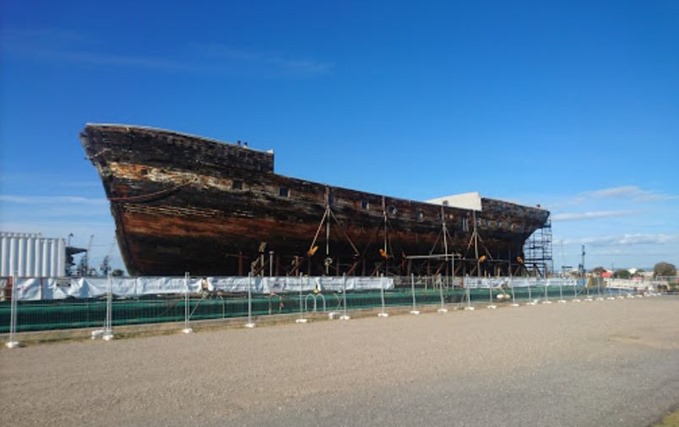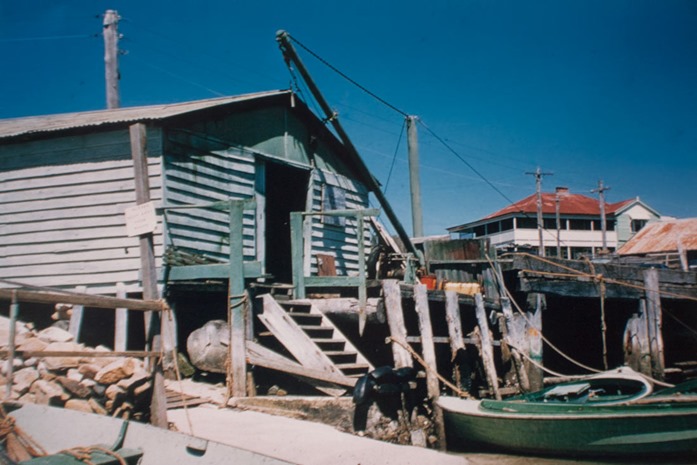 |
 |
30 December 2016
Royal Australian Naval College–Jervis Bay.
| 30th December 1914. |
| An article appeared in newspapers celebrating the news of the imminent arrival of the first group of young naval cadets at the recently completed Royal Australian Naval College at Jervis Bay. |
 |
| 17th December 1917 |
| Three years later the first group of Cadets were about to graduate from the college.. After finishing their graduation the cadets entered World War One which was raging at the time. It has to be remembered the average age of the cadets when they entered the college was 13 yrs. |
 |
 REF: http://news.navy.gov.au/en/Jan2015/Fleet/1744/100-years-at-Jervis-Bay---College-seeking-descendants.htm#.WGW3FlV97Gg REF: http://news.navy.gov.au/en/Jan2015/Fleet/1744/100-years-at-Jervis-Bay---College-seeking-descendants.htm#.WGW3FlV97Gg |
 |
| 19th December 1929. |
| The college had operated for just 15 years when the government started proceedings to close the college as the cost of training and other maintenance was deemed to high. |
 |
 |
Amazing archival footage of Bowen Island.
23 December 2016
21 December 2016
Wreck of the S.S.Plutus
 | |||
| On any day. 134 years ago it was a very different scene to the one I observed today which greeted a newspaper correspondent who made the considerable effort to travel to the wreck site to report on the loss of the S.S. Plutus.. | |||
 Reconstruction. Reconstruction. | |||
| The S.S.Plutus was a relatively new vessel, built by T. and W. Smith and launched at South Shields England in April 1982, just 7 months later she laying broadside to Currarong Beach with waves breaking over her with no hope of getting her off. The Plutus was described as "strongly put together, so as to adapt her for the heaviest description of cargo". The best materials had been employed in her construction, with a view to safety incase of touching rocks, she carried no stone ballast, the hull was double bottomed to the extent of 343 tons. Described as a scow steamer, schooner rigged, Iron throughout including decks and spars, 812 tons register, compound steam engines of 135 horsepower. She was furnished with the newest and most efficient mechanical appliances for cargo haulage. Coal can be shot into or whipped out of four very large hatches, designed to ensure rapid dispatch with a coal capacity of 1700 tons, only drawing 14ft 8inches of water enabling her to travel the Yarra River without lightering in the bay. Owners, Kish Brothers and a number of other partners of Sunderland England. She arrived at Newcastle in July 17 1882, to fill the demand for economical well equipped steamers for the ever increasing coal trade. Chartered by Mesa's. J. and A. Brown, of Newcastle. and had since been in the Newcastle to Melbourne coal trade in command of Captain Kish. Captain Kish was a young man of around 27 years of age at the time of the grounding. Leaving Newcastle she proceeded south in good conditions, passing Sydney Heads as expected, the master set her course to S.1/2 W, which should have kept her 10 miles from shore. When asked about the grounding by a correspondent from the papers. Captain Kish. - " I had no doubts about my position; I expected and was looking out for Jervis Bay light; there was neither carelessness or neglect on the part of myself, officers or crew." 7p.m the weather was described as thick and hazy with a west wind and a sea in her favour she made good progress down the coast. 8p.m Captain Kish thought they were around 15 miles off the land moving at aprox 9 knots. Before leaving the bridge, Captain Kish gave orders to her observers to look out for the Jervis Bay Light, or Beecroft Head. 8.20 p.m. The master was called on deck by second officer saying that land was right ahead. Captain Kish. - 'When I got on deck she was heading S.E., with the land on the port bow, I thought it was a fog bank. ordered the helm hard a starboard to make sure, and stopped the engines and reversed them full speed." LAND AHEAD!. was shouted by one of the four men on watch, he was in a forward position, he received no response, he rushed back to the bridge to raise the alarm, "but before the way was stopped the vessel struck, went ashore, and never came off afterwards." In the hope of attracting attention rockets were fired at intervals of 10 minutes for an hour. Sunday morning - The sea was a lot calmer and all hands alighted the vessel by the boats and rowed to shore. Over a period they landed all movable materials from the wreck. The Captain and crew left for Greenwell Point to raise the alarm, leaving the chief and second officer in charge of the wreck. Marine Enquiry. | |||
| The Captain had no explanation. | |||
| |||
| Marine Board Enquiry findings. | |||
| |||
 She lies close to the beach and within site of the wreck of the T.S.S.Merimbula, which ran headlong into the distant headland and became a total wreck… She lies close to the beach and within site of the wreck of the T.S.S.Merimbula, which ran headlong into the distant headland and became a total wreck… | |||
|
134 years later. 2016. | |||
 Newcastle Coal recovered 21st December 2016. Newcastle Coal recovered 21st December 2016. | |||
 | |||
 Remains of a port hole I recovered from the wreck site in 1996 now in the collection of the Jervis Bay Maritime Museum. Remains of a port hole I recovered from the wreck site in 1996 now in the collection of the Jervis Bay Maritime Museum. | |||
 Just to the east of the wreck is Plutus Creek, named after the wreck. Just to the east of the wreck is Plutus Creek, named after the wreck. | |||
14 December 2016
Longevity–The “good old days”
 |
 Samuel Elyard well known painter and photographer of the Shoalhaven. Continue reading. Samuel Elyard well known painter and photographer of the Shoalhaven. Continue reading. |
|
|
|
|
Huskisson 1930’s
Shark proof net.
| Nowra Leader 1933. With all the talk about sharks in the media this year you may be interested in reading about the once “shark infested waters of Jervis Bay”… It makes interesting reading and goes some way to explain peoples concern back in 1933. |
 |
| Continue reading about the shark proof net that was once erected at Huskisson. |
 |
9 December 2016
On this day - 134 years ago.
On this day –134 years ago
8 December 2016
1883–Historic vessel seeks shelter in Jervis Bay.
| Clipper City of Adelaide. May 1883. | |||
| The City of Adelaide, from Sydney, was compelled by sheer stress of weather to put into Jervis Bay until the weather abated. | |||
 | |||
| |||
| Today - City of Adelaide is the world's oldest surviving clipper ship. | |||
 First Class Cabins. First Class Cabins. | |||
|
City of Adelaide is of composite construction with timber planking on a wrought-iron frame. This method of construction provides the structural strength of an iron ship combined with the insulation of a timber hull. She was amongst the fastest clippers on the London - Adelaide run, sharing the record of 65 days with the clipper Yatah. She played an important part in the immigration of Australia. An estimated 250.000 Australians can trace their ancestory to the City of Adelaide. With the arrival of steamships, the City of Adelaide was sold into the north American timber trade, where it worked for six years as a cargo ship. | |||
 | |||
| In 1989 it was moved onto a private slip in Irvine, where it remained until rescued by Australian volunteers and brought to Port Adelaide in 2014. She is currently undergoing restoration and her final resting place is still being decided.
| |||
 |















